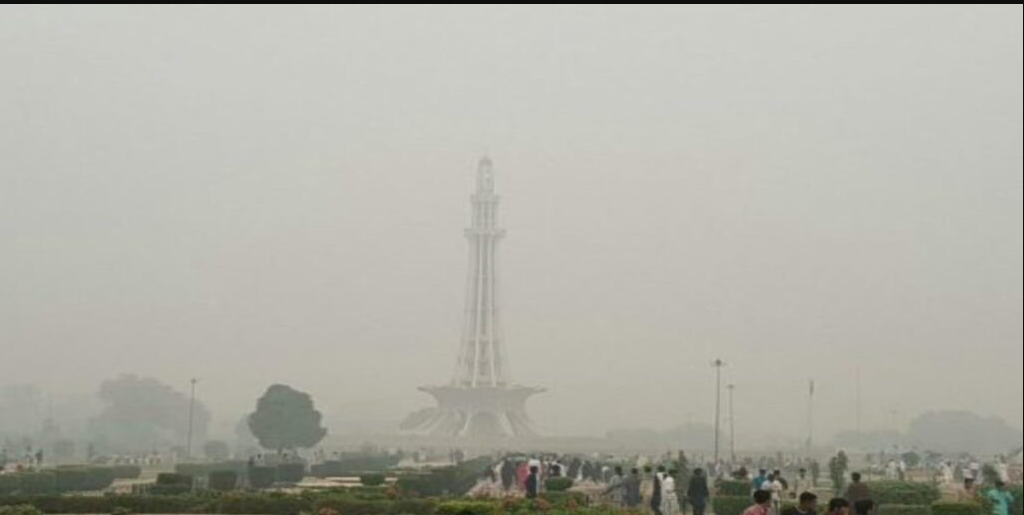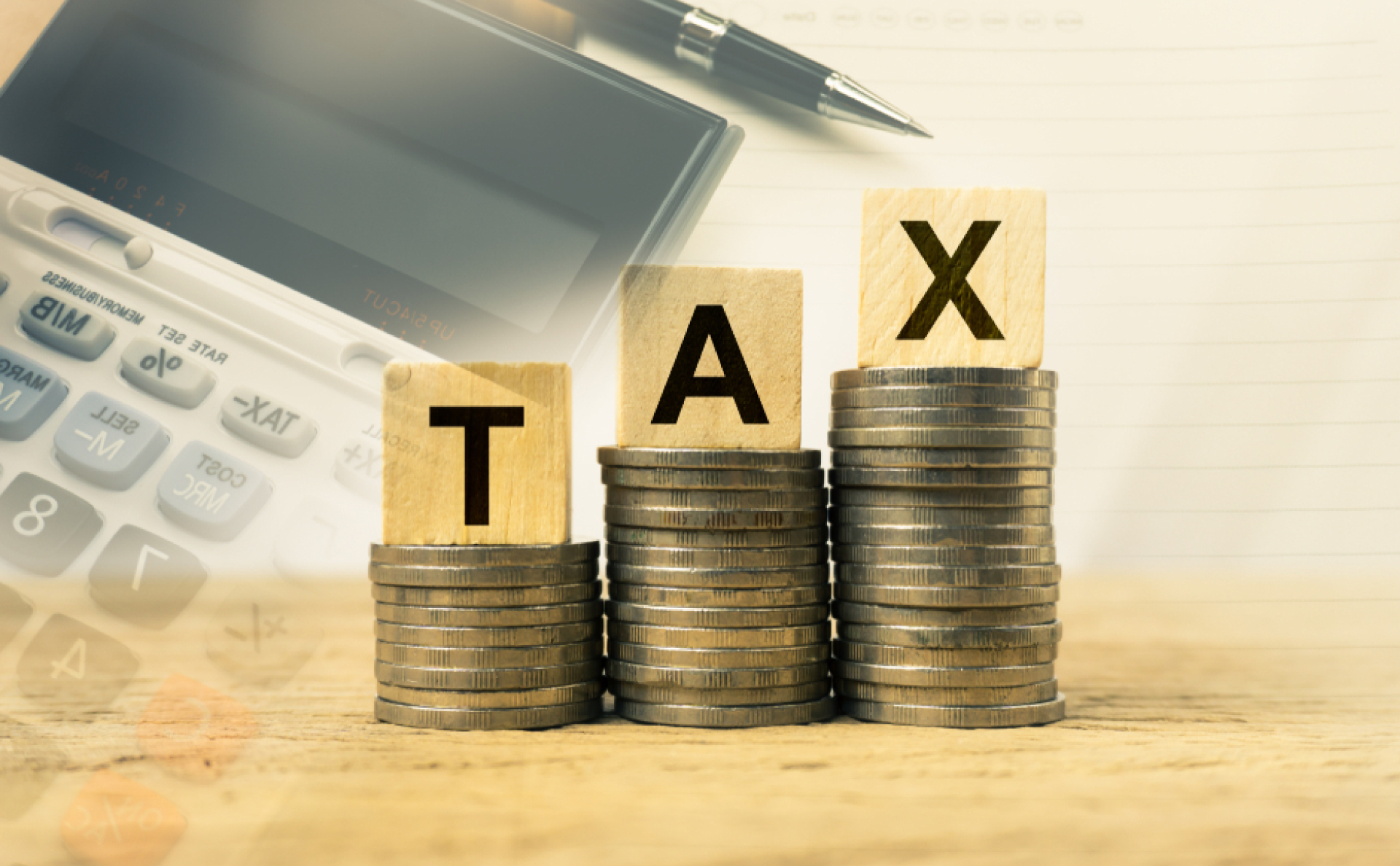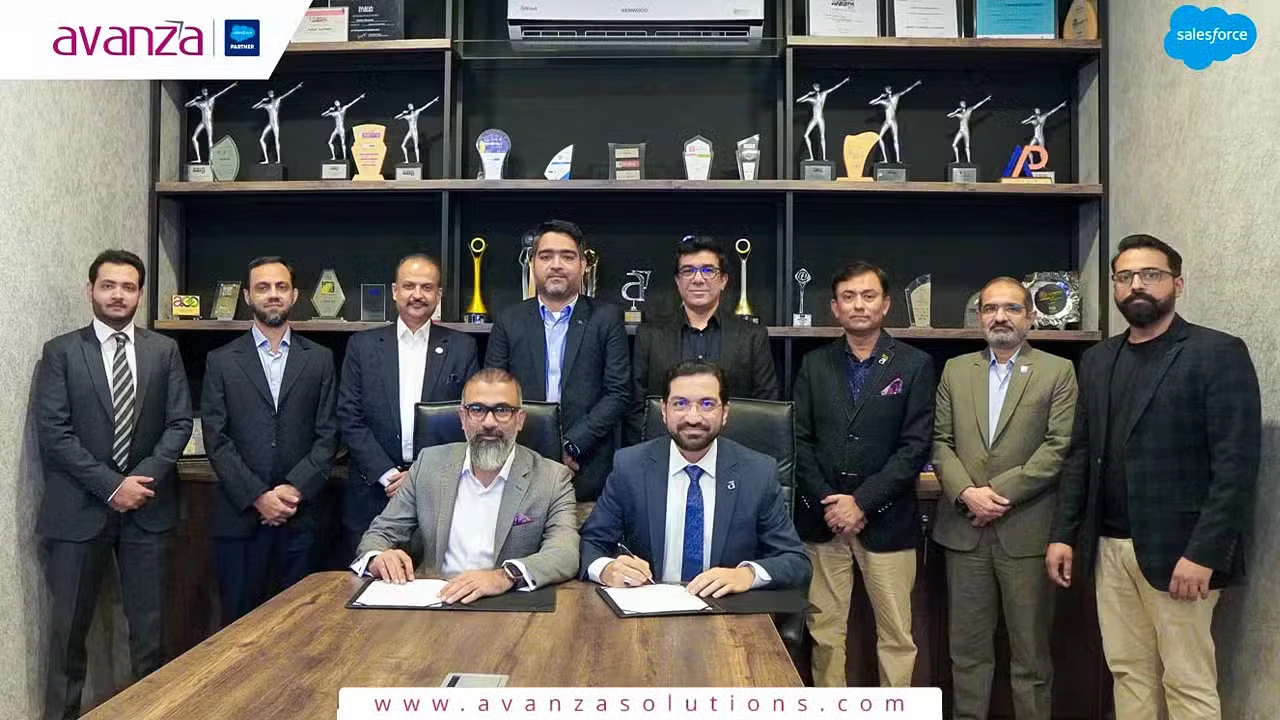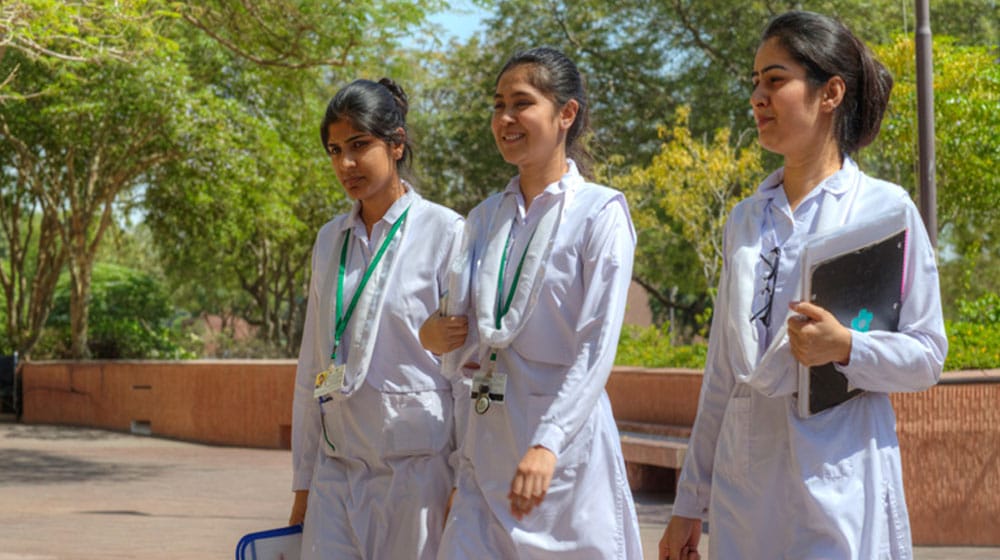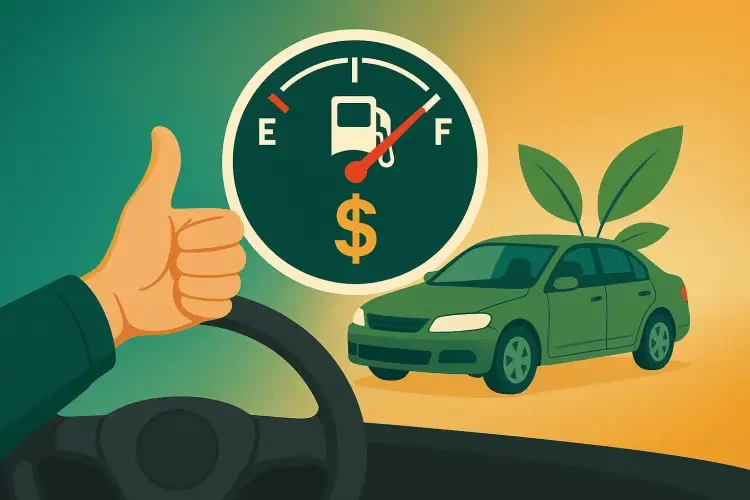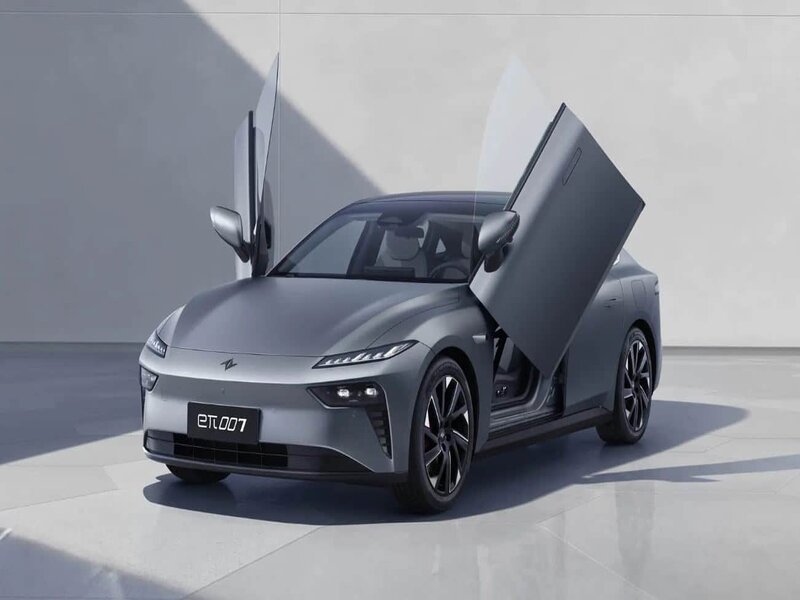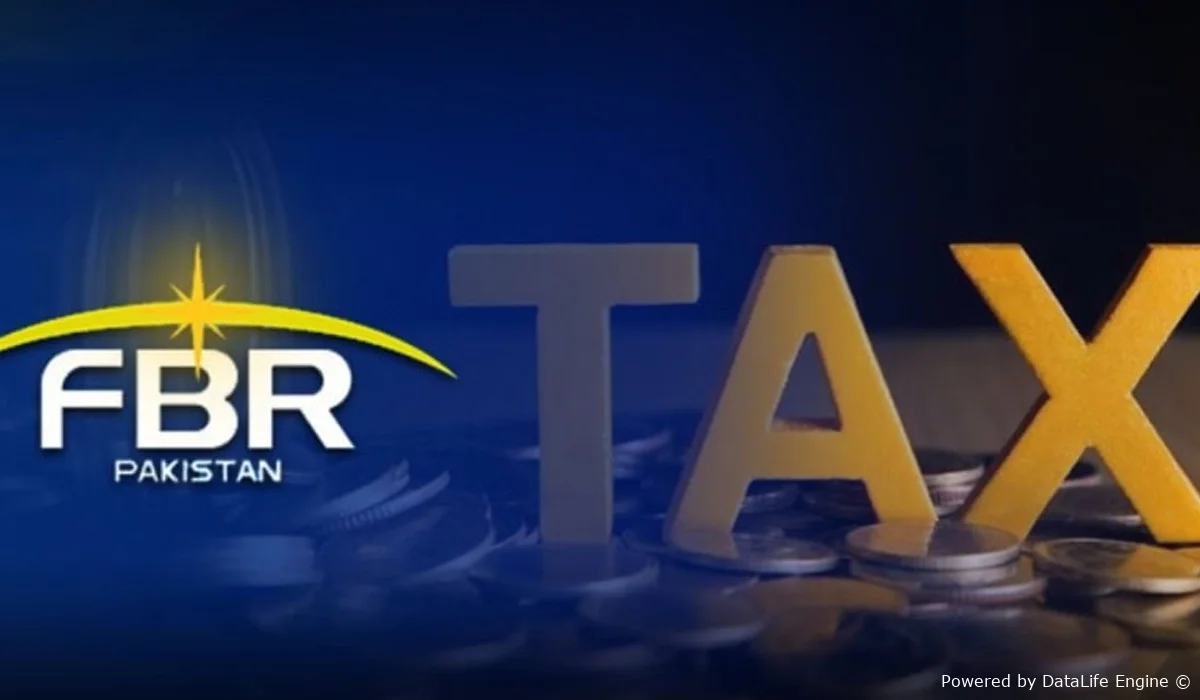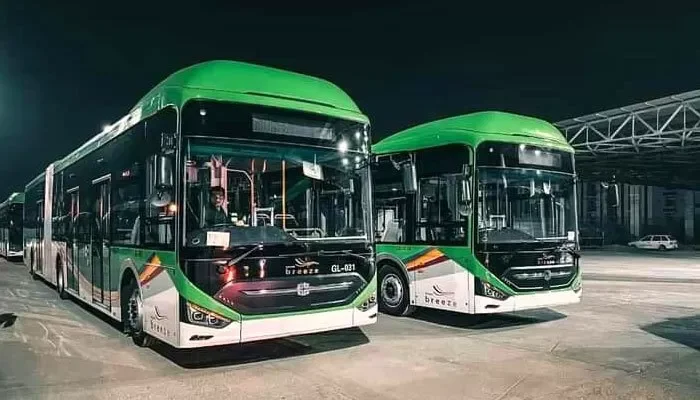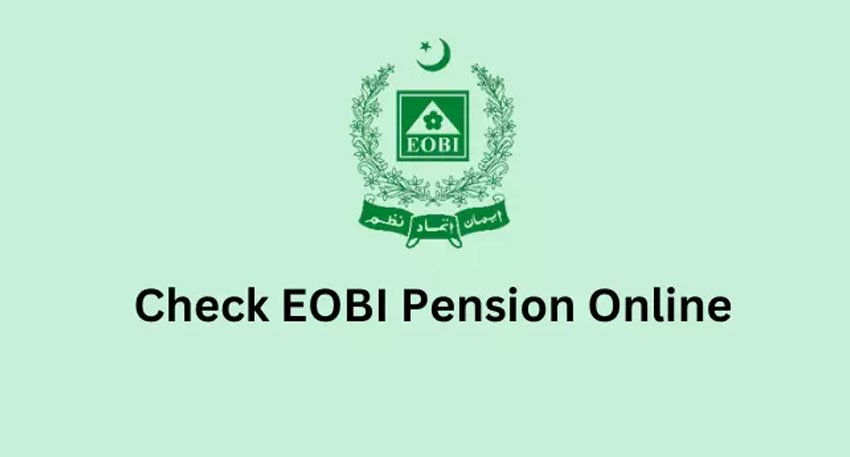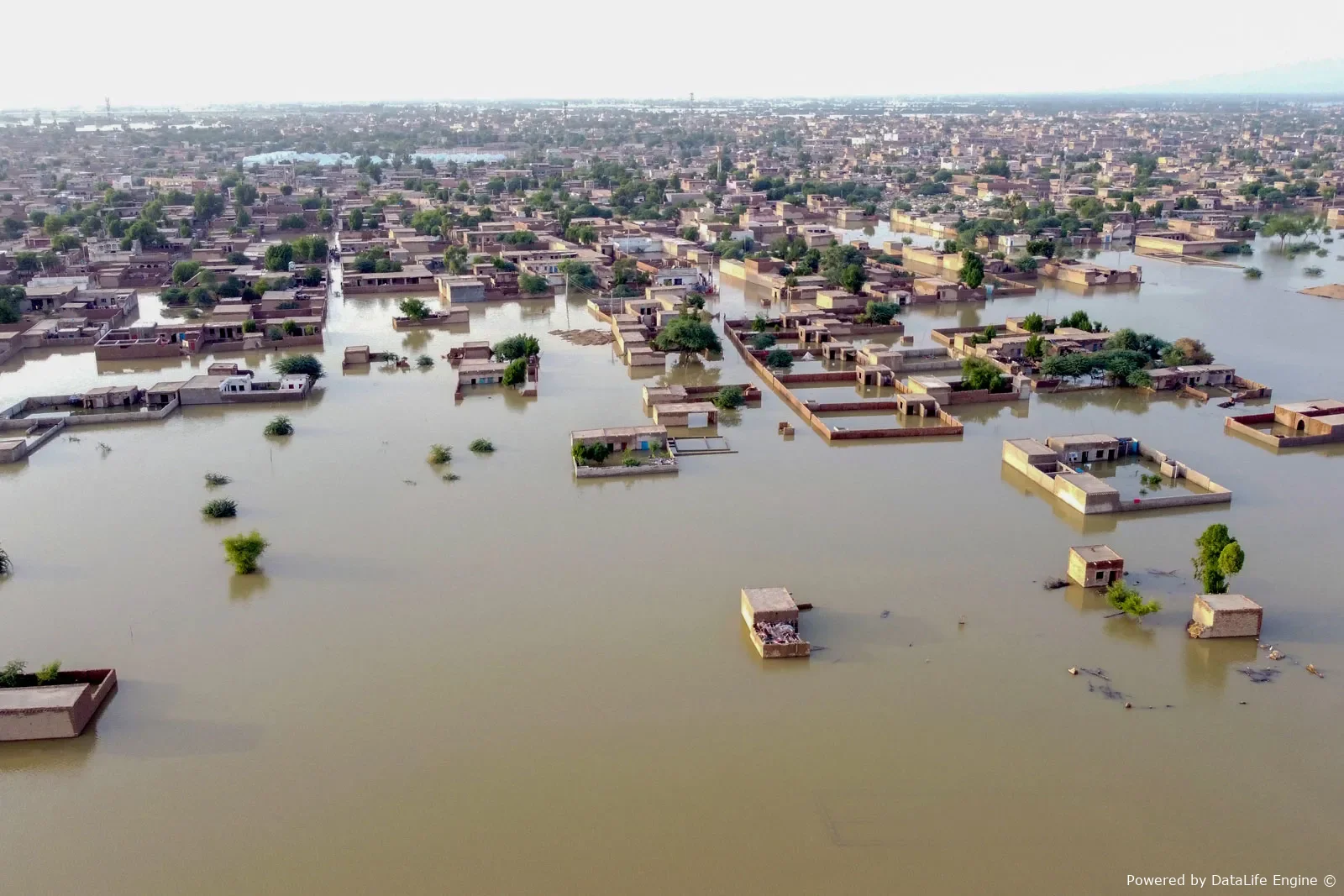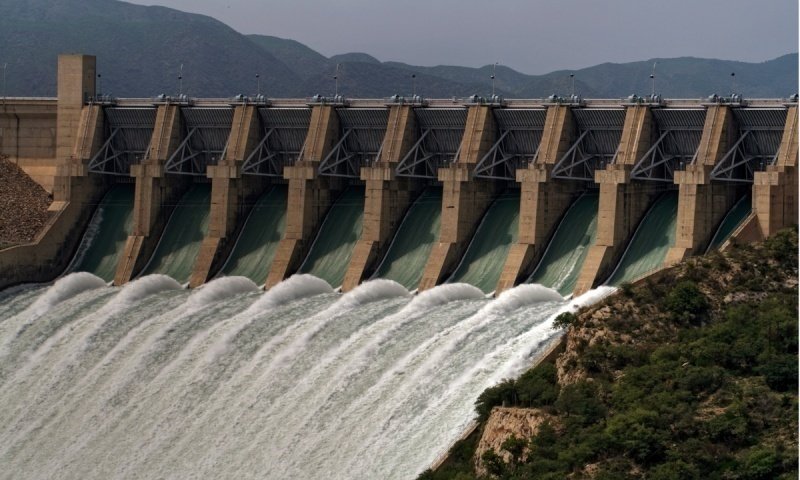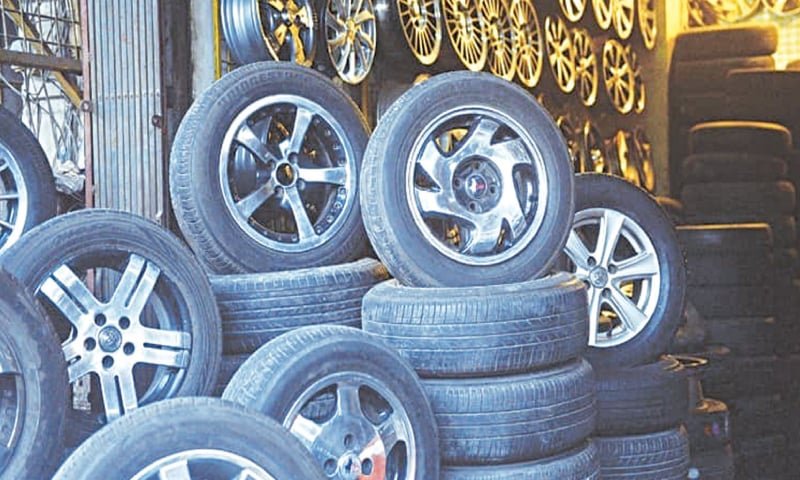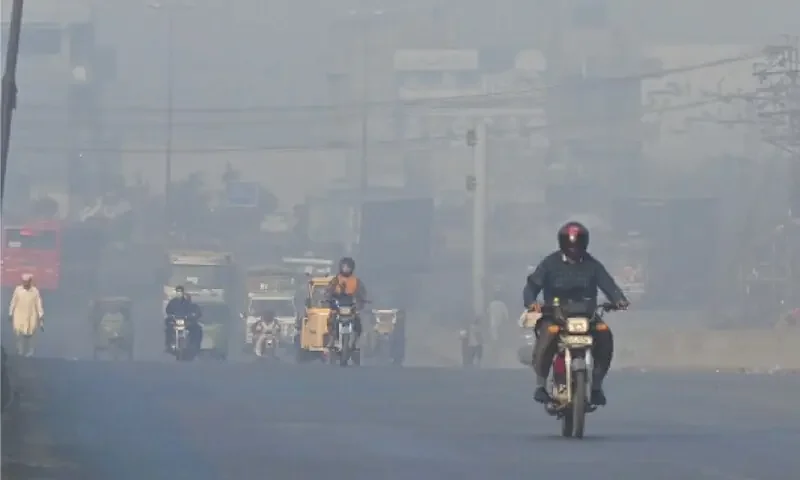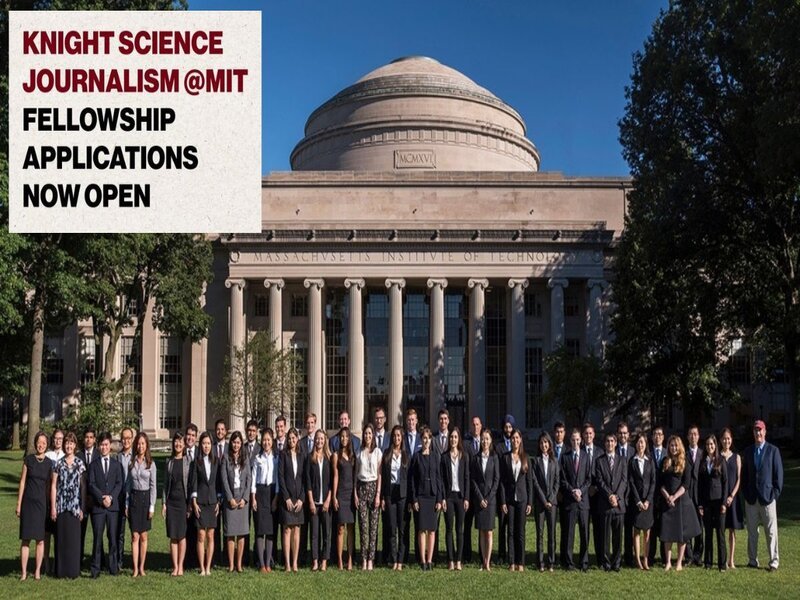Lahore's air quality has significantly declined, with smog pushing the city's Air Quality Index (AQI) into the "unhealthy" category. On October 1, the AQI is projected to average around 170, indicating hazardous conditions, especially for sensitive groups. Between noon and 5pm, levels are expected to range from 120 to 145, escalating to between 140 and 165 by 11:30pm. Environmental officials note that pollution peaks during early morning and late evening due to temperature fluctuations, with only a marginal improvement during the afternoon when wind speeds slightly increase, though not enough to disperse pollutants effectively.
Heavy traffic continues to be a significant contributor to rising pollution, with spikes observed during rush hours between 7–9am and again from 5–9pm. Although a temporary drop in AQI is usually seen after 1pm, insufficient wind conditions prevent proper air circulation, allowing smog to persist. In response to the deteriorating conditions, the Punjab Environmental Protection Department has initiated daily pollution forecasts and weather updates. As part of a broader anti-smog initiative, the provincial government is enforcing Plans A, B, and C, directing all departments to follow last year’s SOPs rigorously. Vehicle inspections have been launched at Lahore’s entry points, and the Environmental Protection Force has been deployed across Punjab.
Senior Provincial Minister Mariyyum Aurangzeb emphasized that while the current situation is manageable, unwavering adherence to environmental protocols is vital to avoid a smog crisis in the weeks ahead. The Punjab government has also introduced Pakistan’s first advanced air quality forecast system, combining real-time monitoring with predictive modeling. This system integrates data from 41 existing monitoring stations across the province, with expansion plans aiming for 100 stations. It is aligned with global air quality standards and provides health advisories tailored to local conditions.
Aurangzeb highlighted the system’s ability to forecast weather and pollution levels using international platforms and European models, offering weekly public reports and alerts to help citizens take protective measures. The initiative is a central component of the province's long-term strategy to combat smog. It supports enforcement against crop residue burning and strengthens regulations targeting vehicular and industrial emissions. Authorities have begun cracking down on polluting vehicles, banning defective trolleys from entering the city, and demolishing illegal pyrolysis plants in the Lahore division. Additionally, e-mapping of kilns and industrial facilities has been completed, while traffic congestion hotspots are being identified to improve vehicle flow and reduce emissions.
Despite these efforts, Lahore continues to rank among the most polluted cities globally, with PM2.5 levels—fine particulate matter dangerous to human health—measuring nearly eight times higher than World Health Organisation (WHO) guidelines. On the US AQI scale, Lahore was recently rated "unhealthy for sensitive groups," with projections indicating further deterioration. As the city grapples with its worsening air quality, authorities are urging public cooperation, particularly in protecting vulnerable populations such as children, the elderly, and individuals with respiratory conditions.

